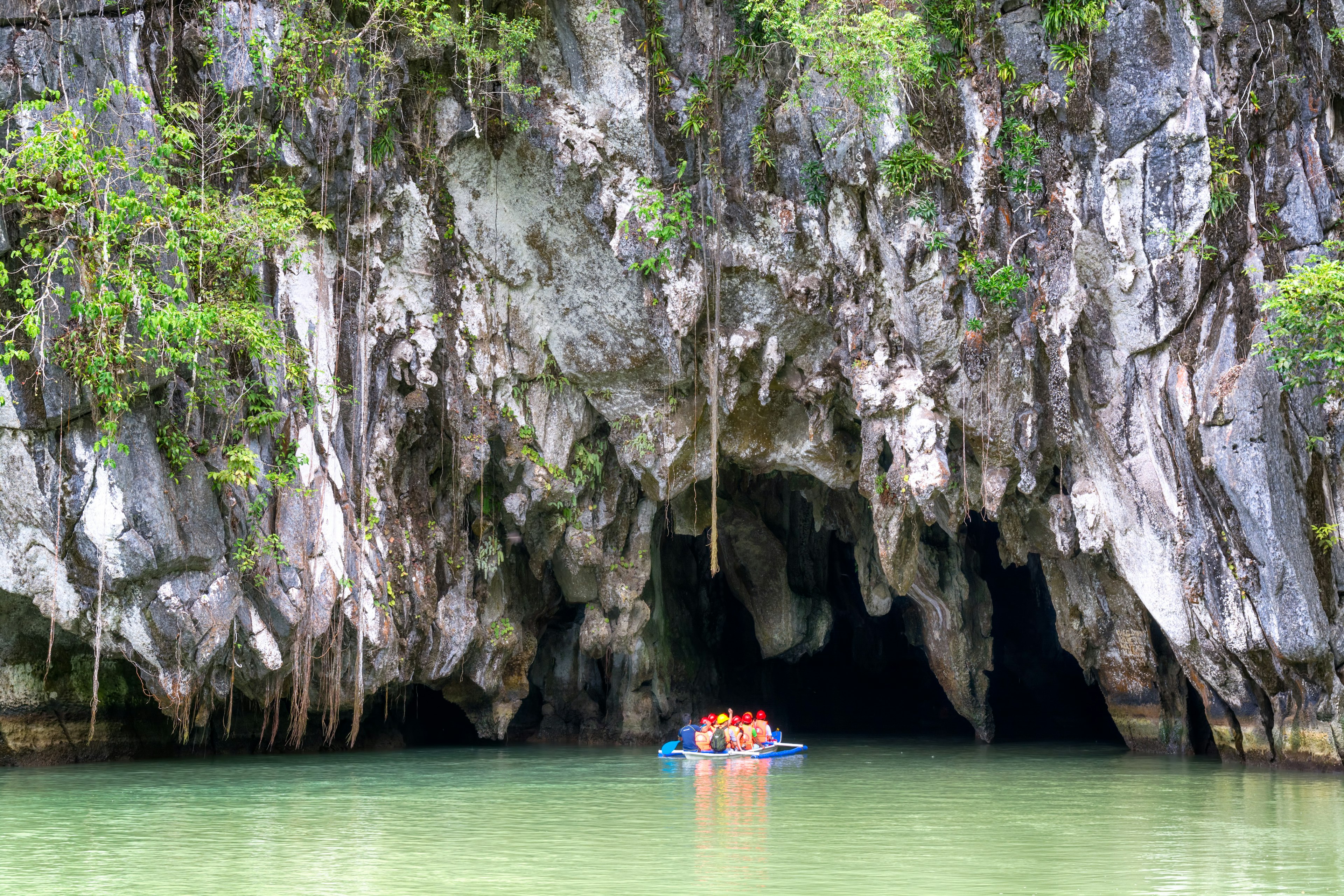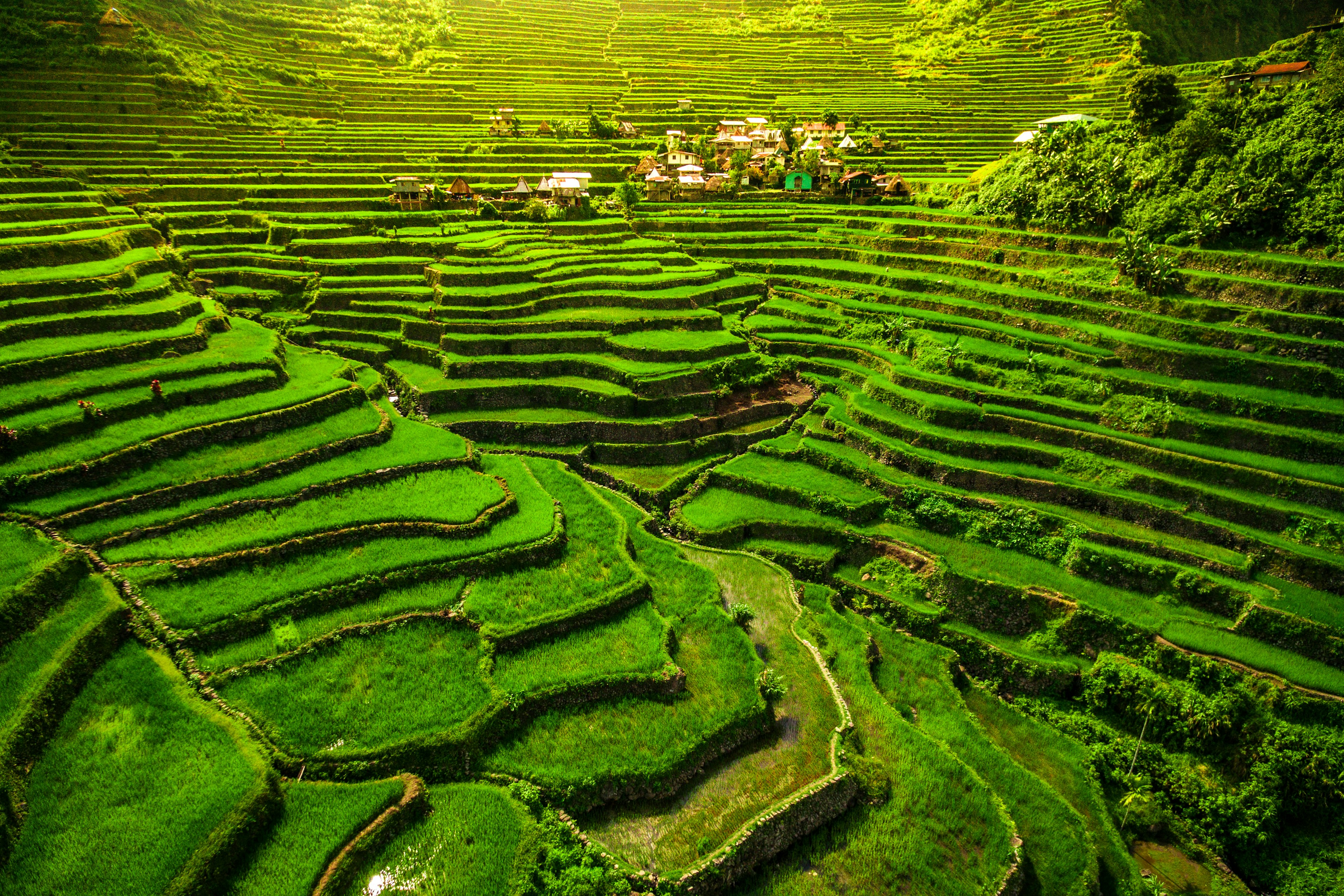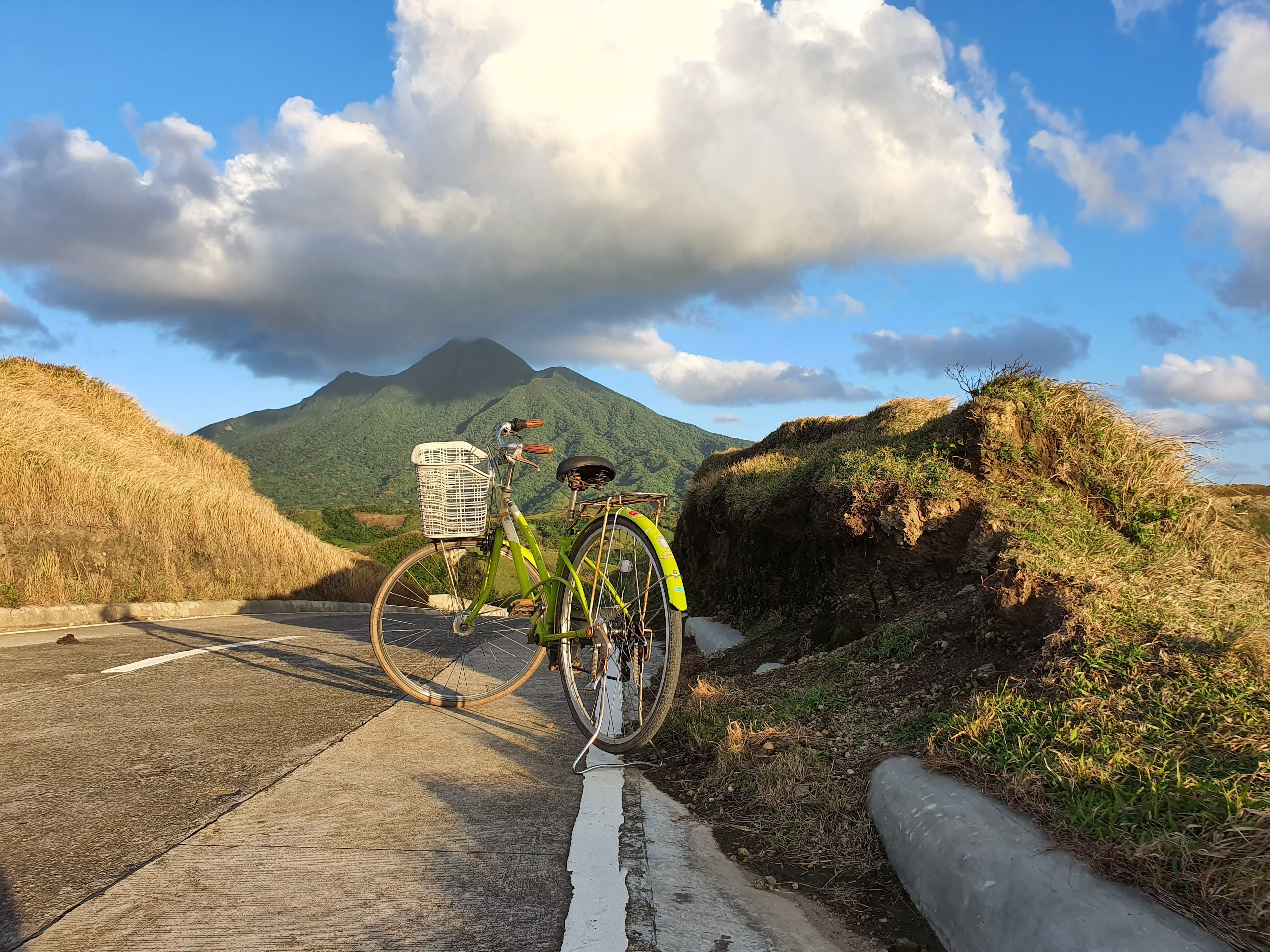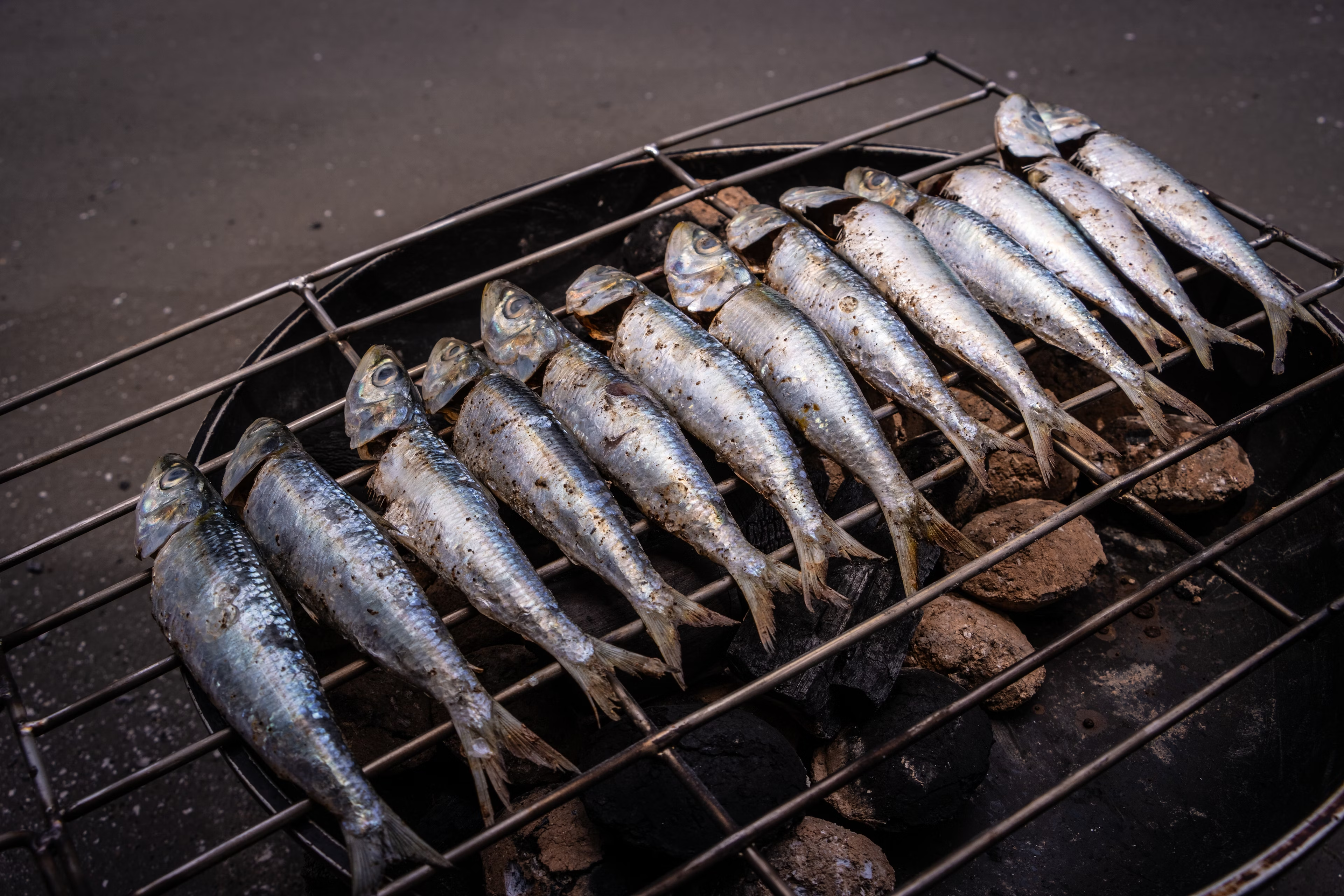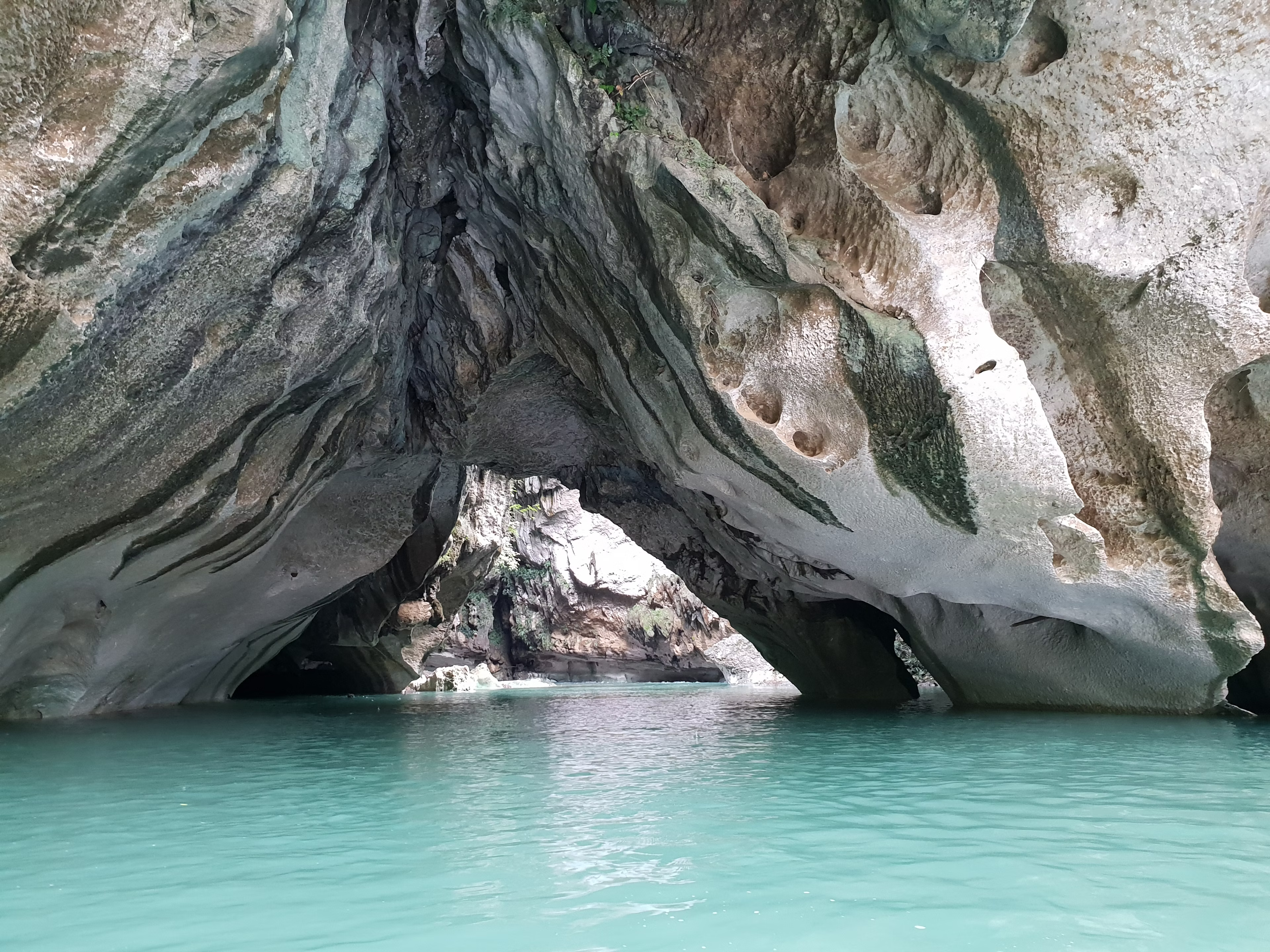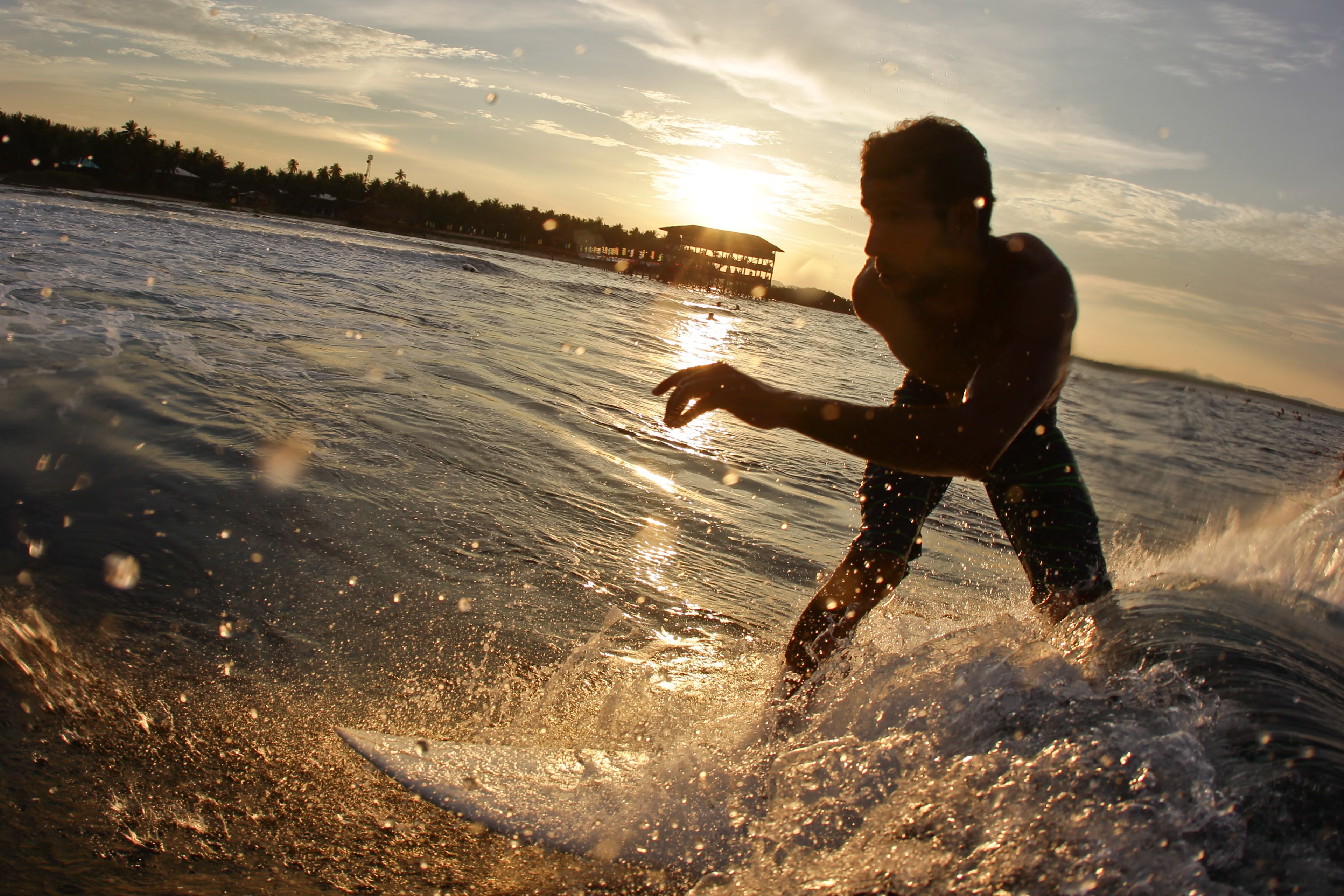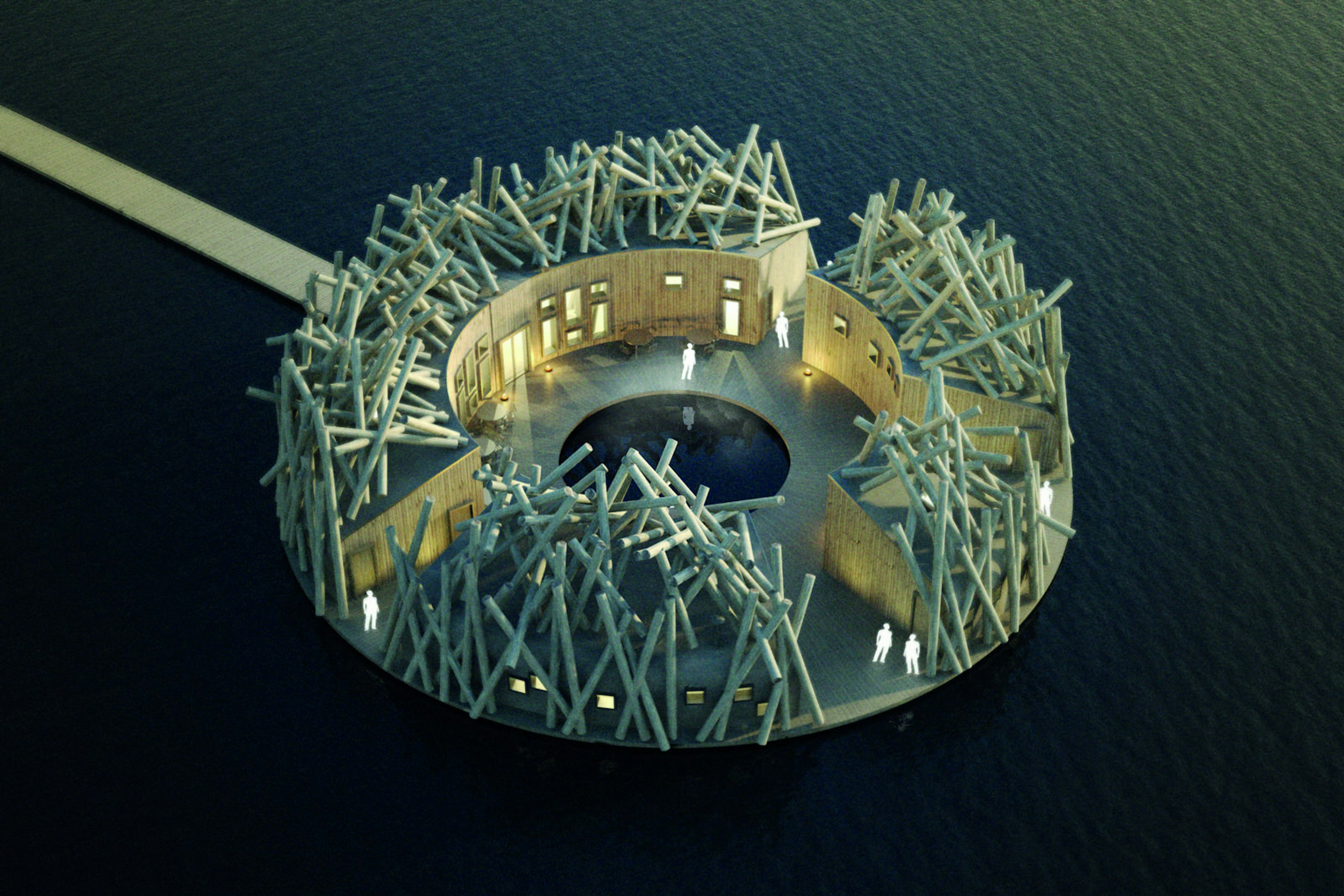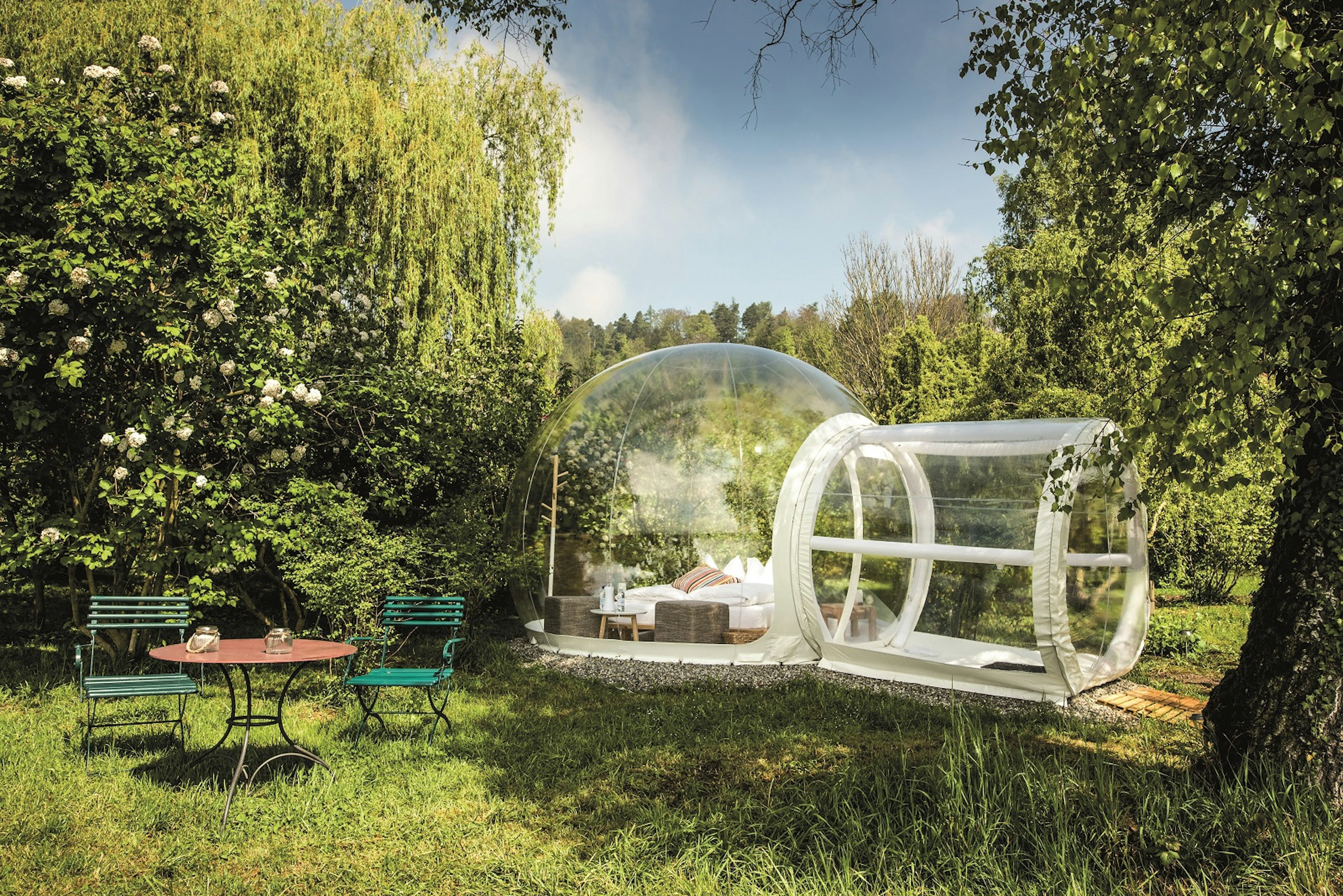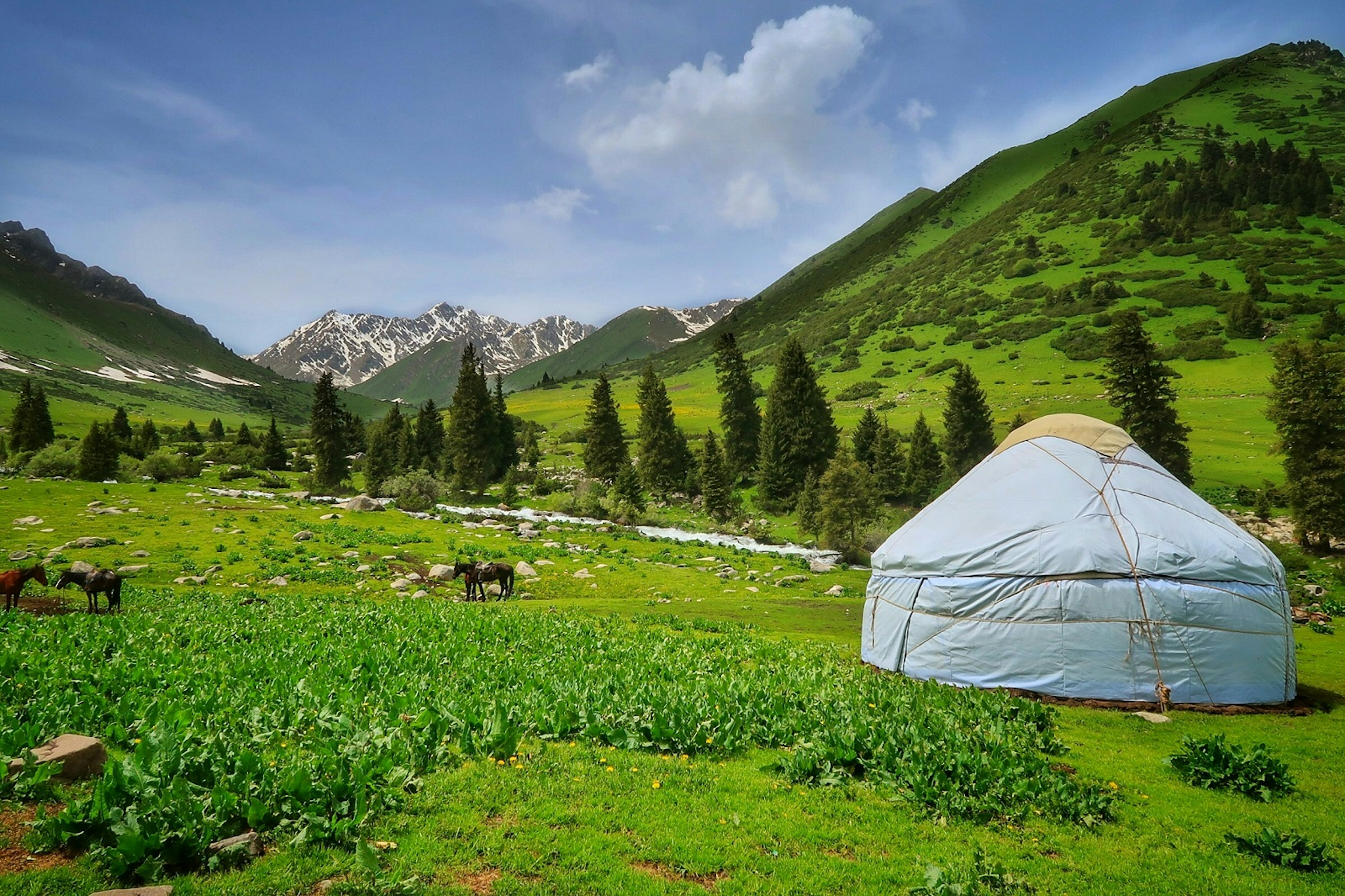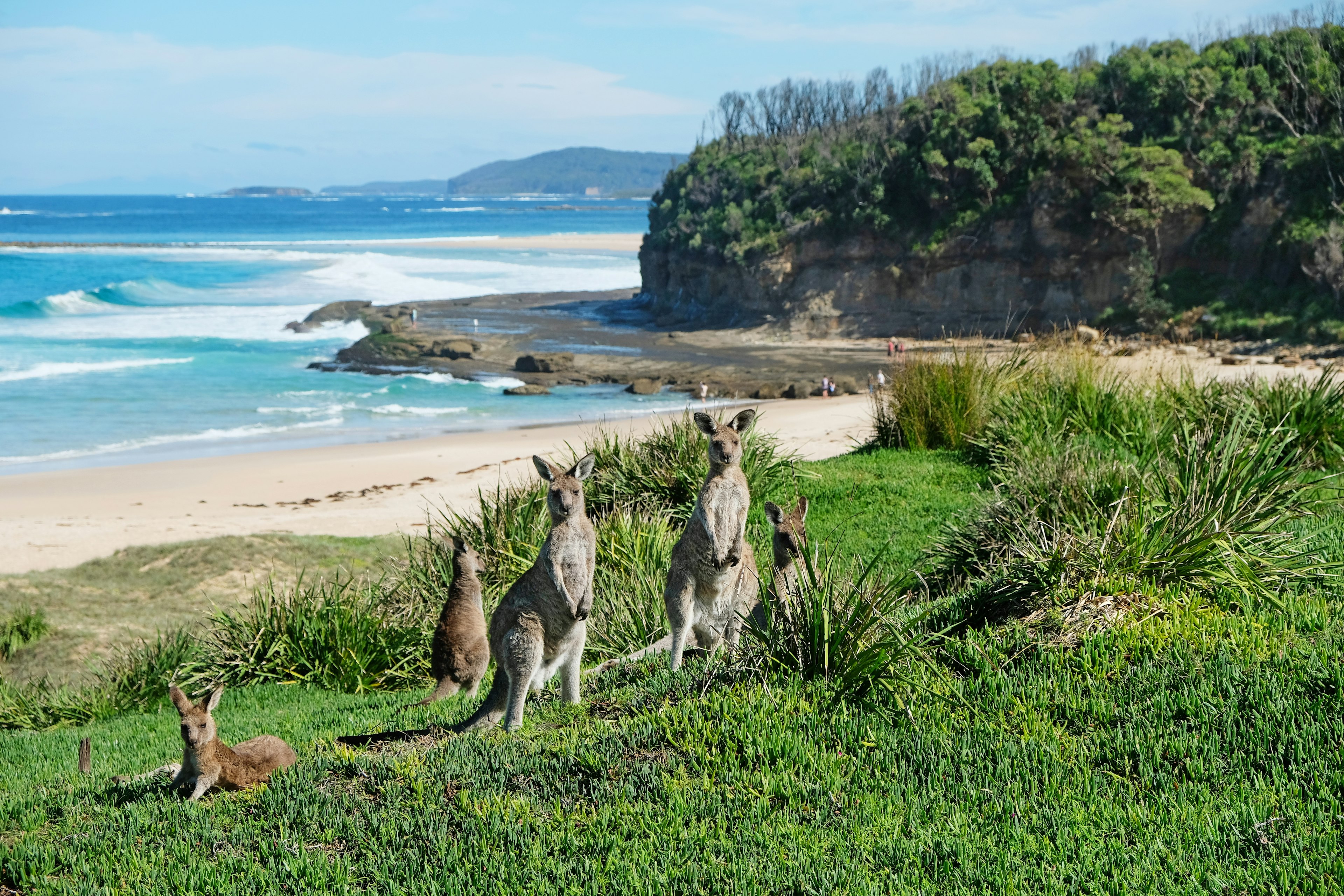From adventure seekers, partygoers and families to those in search of spiritual well-being, nature and culture, Bali truly offers something for everyone. The island’s natural splendor of beaches, mountains, rice terraces, river gorges, waterfalls and rainforests is combined with ancient spiritual traditions expressed through Hindu temples, ceremonies and rituals.
In Bali, you can enjoy exceptional dining, rejuvenating spas, unlimited shopping and beach clubs galore. Dance the days and nights away, practice yoga, scale mighty volcanoes, explore eco activities, ride the island’s incredible surf breaks, play golf, snorkel, dive, or visit theme parks. If you’re open to Bali’s creative, artistic and healing energies, this is where you will find your inspiration.
Here’s all you need to know before you visit Bali for the first time.

When should I go to Bali?
The best time to visit Bali is not necessarily determined by the weather but by the activities and festivals you wish to experience. Look forward to sunny, tropical days and balmy nights with temperatures ranging from 27–32°C (81–90°F) and 77–85% humidity throughout the year. The dry season (May through October) brings blue skies and sunny days, while the hot wet season (November through April) is considerably more humid, with torrential downpours and frequent storms. Winds are strong in July during the Bali Kite Festival at Padang Galak. August is the coolest and least humid month, perfect for the chilled, melodic strains of the Ubud Village Jazz Festival. January and February are generally the wettest months with late afternoon thunderstorms.
Peak seasons may also affect your decision about when to visit Bali, as the most popular times are not only the busiest but also the most expensive. Throngs of visitors descend on the island during the July and August school holidays, Christmas, New Year, Chinese New Year and Easter, driving up rates for everything from airfares and hotels to taxis and tour packages.
Off-peak seasons are cheaper and some of the best deals can be had at this time. Watch the extraordinary ogoh-ogoh (papier-mâché monster) parades in March, followed by Nyepi, the Balinese Day of Silence. The way in which it is celebrated is totally unique and something that you will never experience anywhere else in the world. Visit the month-long Bali Arts Festival or witness the thrilling Mekare-kare theatrical fight, which takes place in June or July between the young men of the village of Tenganan, near Candidasa. Celebrate yoga, dance and music at the Bali Spirit Festival in May; and eat, read and write your way through the culinary and literary extravaganzas of the Ubud Food Festival in May and the international Ubud Writers and Readers Festival in October.
How much time should I spend in Bali?
You can visit Bali on a two-day stopover or you can spend a lifetime here, while still discovering unknown places and encountering new wonders. One week is perfect for relaxation and activities, either beachside or in the cultural hub of Ubud. Three weeks will give you time to explore and perhaps base yourself in three contrasting places, such as Amed, Ubud and Seminyak.
If you’ve only got a few days and you’re looking for a white-sand beach holiday away from the traffic jams of Canggu and the Bukit Peninsula, go to Nusa Lembongan, a 30-minute, fast-boat ride from Sanur. Lembongan is everything you might imagine a small tropical island to be, with clear turquoise waters, idyllic coves, a mangrove forest, surf spots, dive sites and a laid-back vibe.

Is it easy to get in and around Bali?
With 43 international and domestic airlines flying into Denpasar Airport (DPS) from 58 airports around the world, plus public ferries from Java and Lombok, Bali is an easy place to get to.
Once you’ve arrived, you’ll find that walking as a means of getting around is not a great option. The weather is hot and sticky, the streets are busy and the sidewalks are grimy and broken. Taxis can be hailed at the side of the road or ordered online. There are several different companies, all universally blue in color, but Bluebird – look for the Bluebird branding on the side of the cars – has reliable meters, low-priced fares and the best reputation. Grab and Gojek are Bali’s ride-hailing apps, offering car and motorcycle transportation as well as delivery services.
Getting around Bali by bus is slow and therefore the least favored option for visitors, but it’s cheap. Perama Tour offers a daily shuttle bus service to and from all the main places of interest.
Fast-boat services will take you to Nusa Lembongan and Nusa Penida, while smaller boats will take you between Lembongan and Penida. Since 2023, in a bid to beat the two-hour congested journey by road, an ocean taxi service, goboat.id, has been operating daily services between Canggu and Uluwatu. Expect a fabulously scenic but wet 35-minute ride in a traditional jukung outrigger fishing boat.
Motorcycle and car rental is available everywhere and is very reasonably priced, but be aware that the roads are dangerous, and negotiating the chaotic traffic can be stressful and challenging in the busy touristy areas. Consider hiring a car along with a driver; you’ll find it to be a much more relaxing, enjoyable experience.

Top things to do in Bali
Marvel at the view of an active volcano
Looking to see some spectacular scenery? If you only have time for one excursion, a Bali “must do” is a day trip to Kintamani to see Gunung Batur volcano and its crater lake. Early morning is the best time and you can have breakfast, coffee, a buffet lunch or a beer in one of the many restaurants or coffee shops on the rim of the ancient caldera.
Witness a natural phenomenon at Petulu
If you’re staying in Ubud, head to the nearby village of Petulu in the late afternoon, where you’ll be awed by the sight of thousands of white herons flying in to roost for the night.
Be a poser for a day
Sign up for a private Instagram Tour and pose for some astonishing photos at the best spots on the island, such as Lake Tamblingan, Tukad Cepung waterfall, Taman Tirta Gangga water palace, and the Gates of Heaven at the Pura Lempuyang temple complex.
Get out of your comfort zone
The bustle, authenticity and history of the old city within the heart of Denpasar offers a gritty slice of everyday life. Most tourists give Bali’s capital a miss, but if you’re prepared to be a little bit adventurous and brave the crowded streets and the commission hunters, you’ll discover some gems in this historical and commercial concentration of markets, temples and monuments. Shop for handicrafts and paintings in Kumbasari Art Market, fabrics on Jalan Sulawesi and gold jewelry on Jalan Hasanuddin.
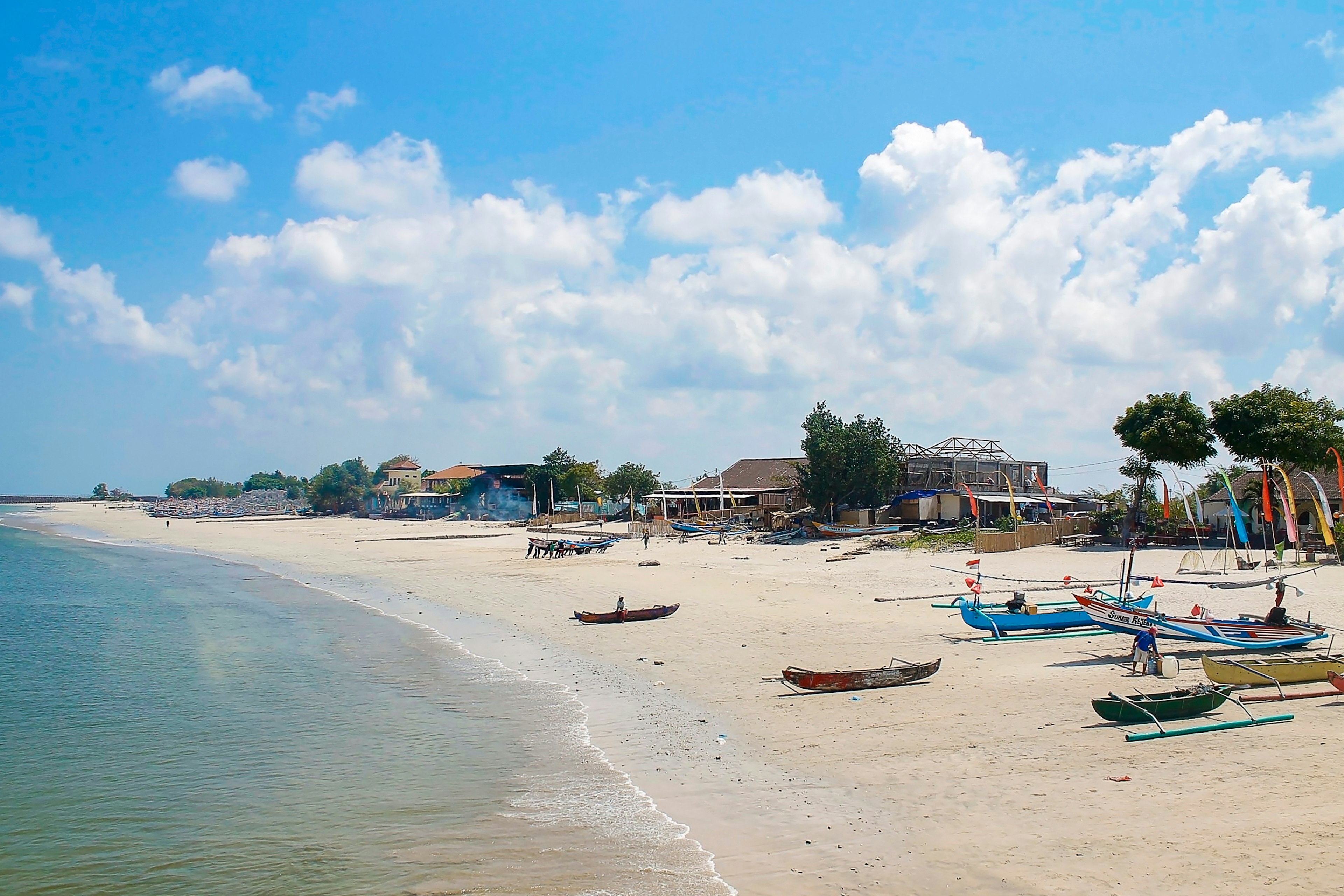
My favorite thing to do in Bali
If you happen to be approaching from the west as you come into land at Bali’s international airport, you will fly at just a few hundred meters over white-capped waves and tiny fishing boats towards the beautiful golden-sand Jimbaran Beach.
Jimbaran has been my favorite go-to beach for the last 26 years. It’s safe for swimming (albeit with the occasional dumper wave) and remarkably unspoilt and peaceful during the daytime. You can rent a sun lounger and umbrella here and enjoy cold drinks, snacks or fresh fish from one of the local seafood cafes. The bay is west facing so be sure to stay long enough to catch one of Bali’s legendary sunsets.
How much money do I need for Bali?
One of the many joys of holidaying in Bali is the element of choice. For example, a clean and comfortable hotel room for two can be as little as 500,000Rp (US$31) if you want to keep your costs down, or you could pay 30,000,000Rp (US$1300) for a suite at a fabulous resort. Around 50,000Rp (US$3) will buy you a nasi goreng (fried rice) at a roadside warung (food stall), while a nasi goreng in one of Bali’s fine-dining restaurants might cost ten times as much.
-
Hostel room: 100,000Rp (US$6)
-
Perama shuttle bus from Kuta to Ubud: 100,000Rp (US$6)
-
Cappuccino: 35,000Rp (US$2)
-
Sandwich: 60,000Rp (US$4)
-
Dinner for two: 400,000Rp (US$25)
-
Bottle of Bintang beer at a simple beach bar: 35,000Rp (US$2)
-
Petrol: 14,000Rp (US$1) per liter
-
Self-drive car rental: 325,000Rp (US$20) for 24 hours

Cash or credit card?
Both. You’ll need cash for taxis, entrance fees for temples, market stalls, bars and simple restaurants, as most of the smaller local businesses don’t have card machines. You can use credit cards in supermarkets, international restaurants, hotels and the larger glass-fronted shops.
Will my travel insurance cover me for a motorcycle accident in Bali?
Quite possibly not. Most insurance policies require you to hold a full license to drive a 125cc motorcycle in your home country in addition to holding an international license or an Indonesian license. Not wearing a helmet or driving while intoxicated will invalidate your cover. Check your policy wording very carefully. You won’t believe how many GoFundMe accounts are set up by the families of seriously injured foreigners to cover the hundreds of thousands of dollars required for hospital bills and medical evacuation costs.
How do I show respect to the Balinese people and culture?
There have been a lot of well-publicized incidents of foreigners behaving badly in Bali, disrespecting the local culture and the law. To be a respectful visitor, avoid reckless driving, nudity and public displays of emotion. Additionally, overly revealing attire will attract unwanted attention or disapproval, particularly in the less touristy areas.
What clothing should I pack for Bali?
Bring cool cottons, T-shirts, shorts, sandals, swimwear and casual resort wear. If you forget anything, or if you need something special for Bali’s glamorous night scene, you’ll find everything you need in the shops and boutiques in the tourist areas.













